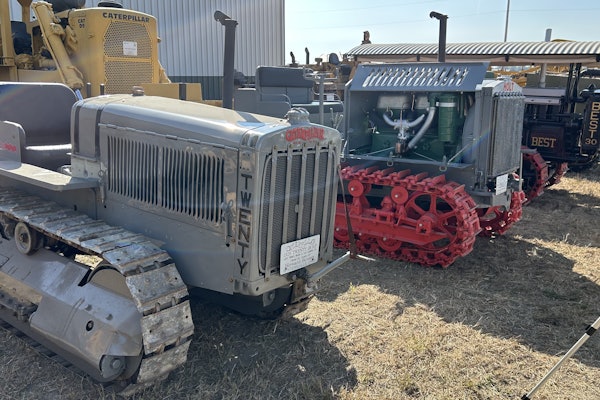On March 31, Navistar, quietly filed a challenge in a federal appeals court to the Environmental Protection Agency’s Feb. 18, 2009, certification requirements for heavy-duty engines using selective catalytic reduction (SCR). On May 4, the truck maker submitted a statement of issues to the U.S. Court of Appeals for the District of Columbia raising the question of whether EPA can adopt the 2009 SCR guidance without a rulemaking proceeding.
In its May 4 filing, Navistar noted that EPA’s 2001 rule established a 0.2-gram nitrogen oxides (NOx) standard for 100 percent of trucks sold with model year 2010. It also found SCR not to be a feasible technology to meet the standard for several reasons. Navistar posed 10 issues for the court’s review, each challenging EPA’s actions regarding SCR as arbitrary and capricious, as violating the Clean Air Act or both.
Navistar charges that the 2009 SCR guidance relaxes the 0.2 gram standard and approves a control technology that EPA in 2001 concluded would not allow the standard to be met on a fleetwide basis. The truck maker also alleges that the 2009 guidance imposes entirely new regulatory requirements and allows diesel engine manufacturers to release uncontrolled NOx emissions on the highway, create highway safety hazards and certify engines to an emission standard that the engines will exceed. In the statement of issues, Navistar also contends, among other things, that the 2009 SCR guidance:
· Improperly amends the 2001 rule establishing the 0.2-gram NOx standard;
· Reverses the 2001 “infeasibility” finding in a way that requires another rulemaking;
· Approves a control technology that causes or contributes to an unreasonable risk to public health, welfare or safety;
· Authorizes operation of diesel engines with their emission control devices bypassed, defeated or rendered inoperative; and
· Ignores EPA’s own “not-to-exceed” emissions standards.
The Feb. 18 document provides guidance to manufacturers on various issues surrounding SCR, including the size of the diesel exhaust fluid (DEF) tank, the performance of DEF in freezing conditions and the various actions to compel drivers to replenish DEF.
Although Navistar’s brief statement of issues does not provide detail regarding why it believes the 2009 guidance changes the 2001 rule, its challenge appears to rest on the notion that EPA is allowing SCR-equipped trucks to be operated for a number of miles or hours – albeit at significantly reduced torque – without DEF, with poor-quality DEF or with a partially inoperable SCR system.
Under an April 3 order from the court, further briefing in the case is deferred until further notice.
– Avery Vise









